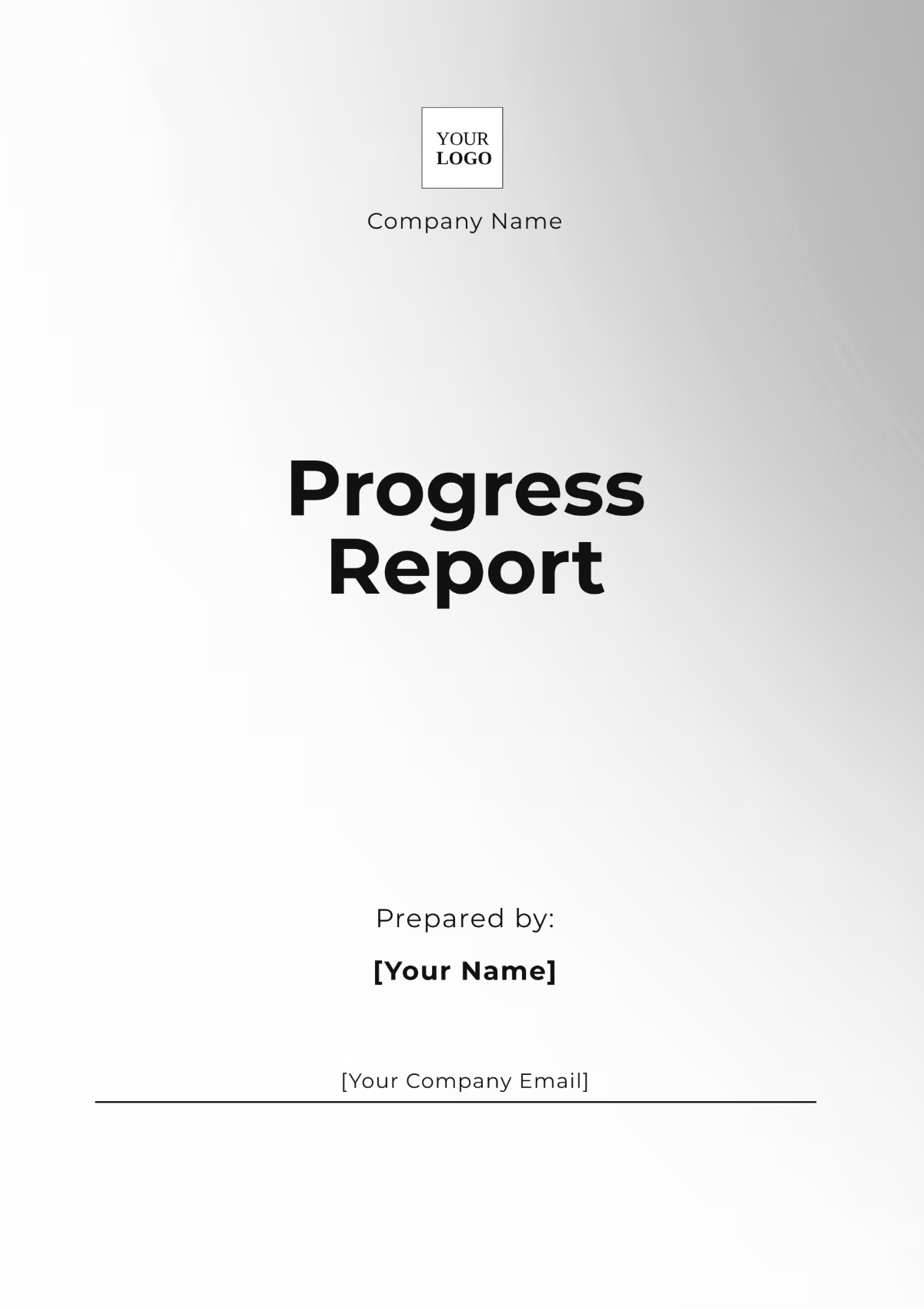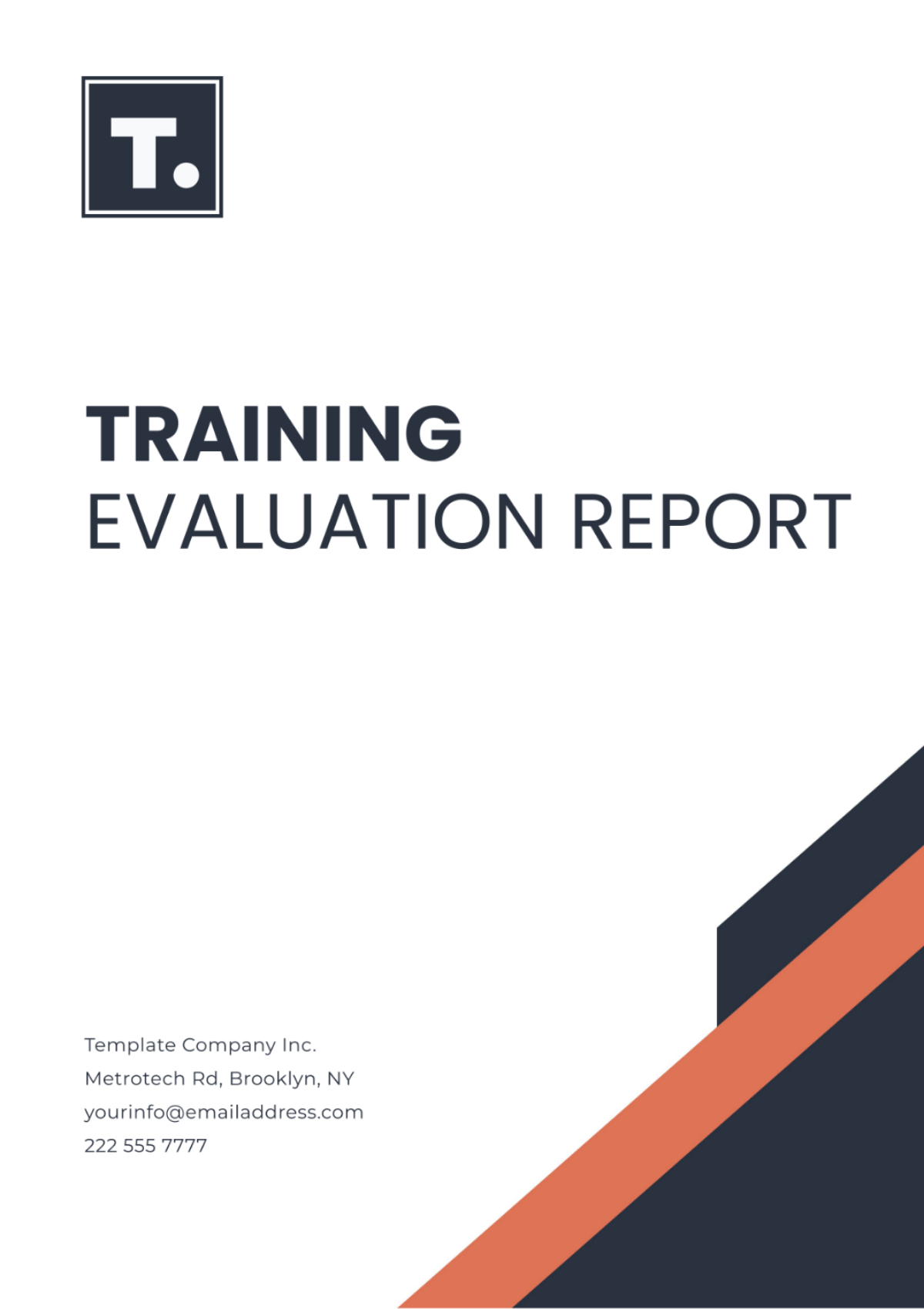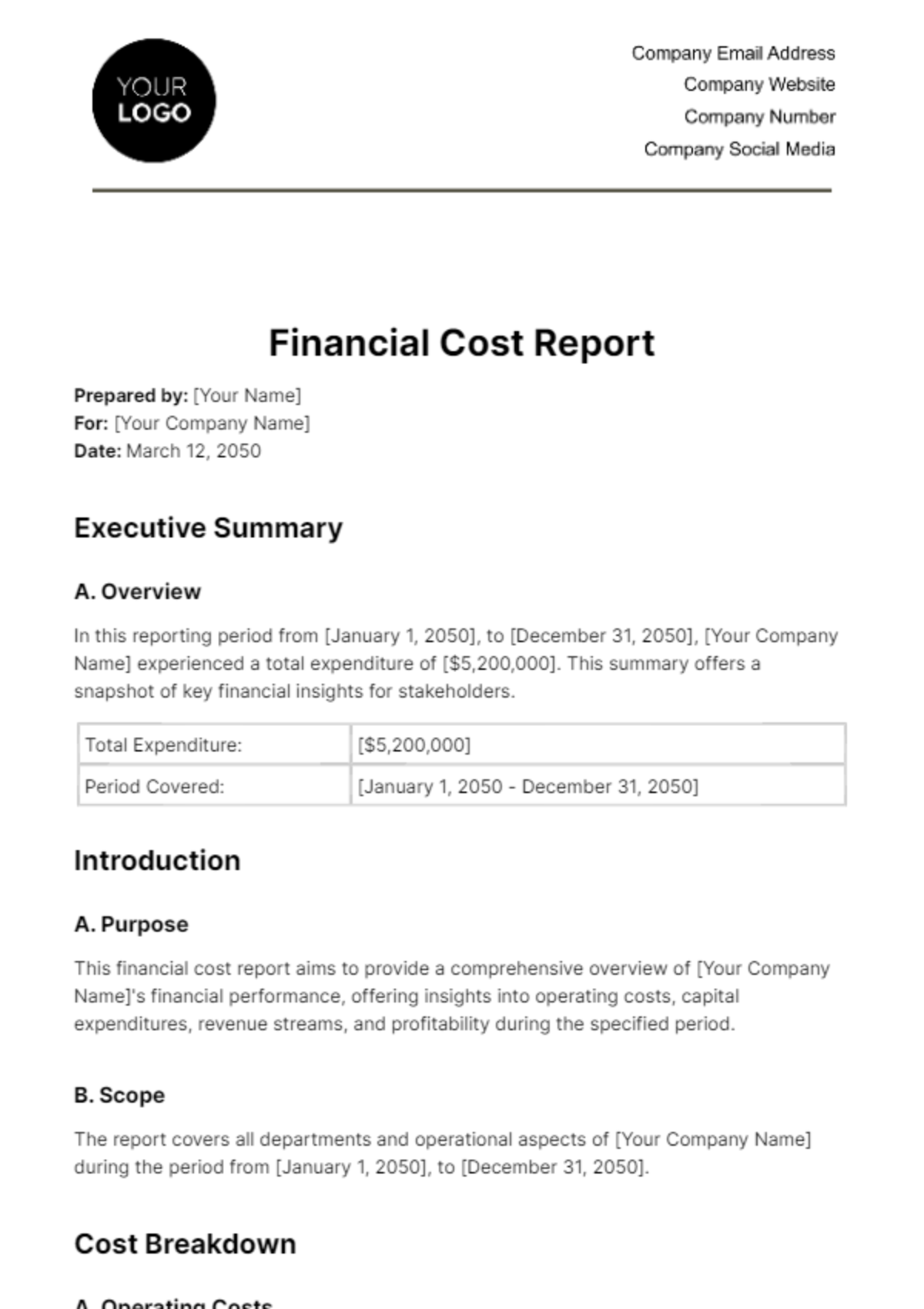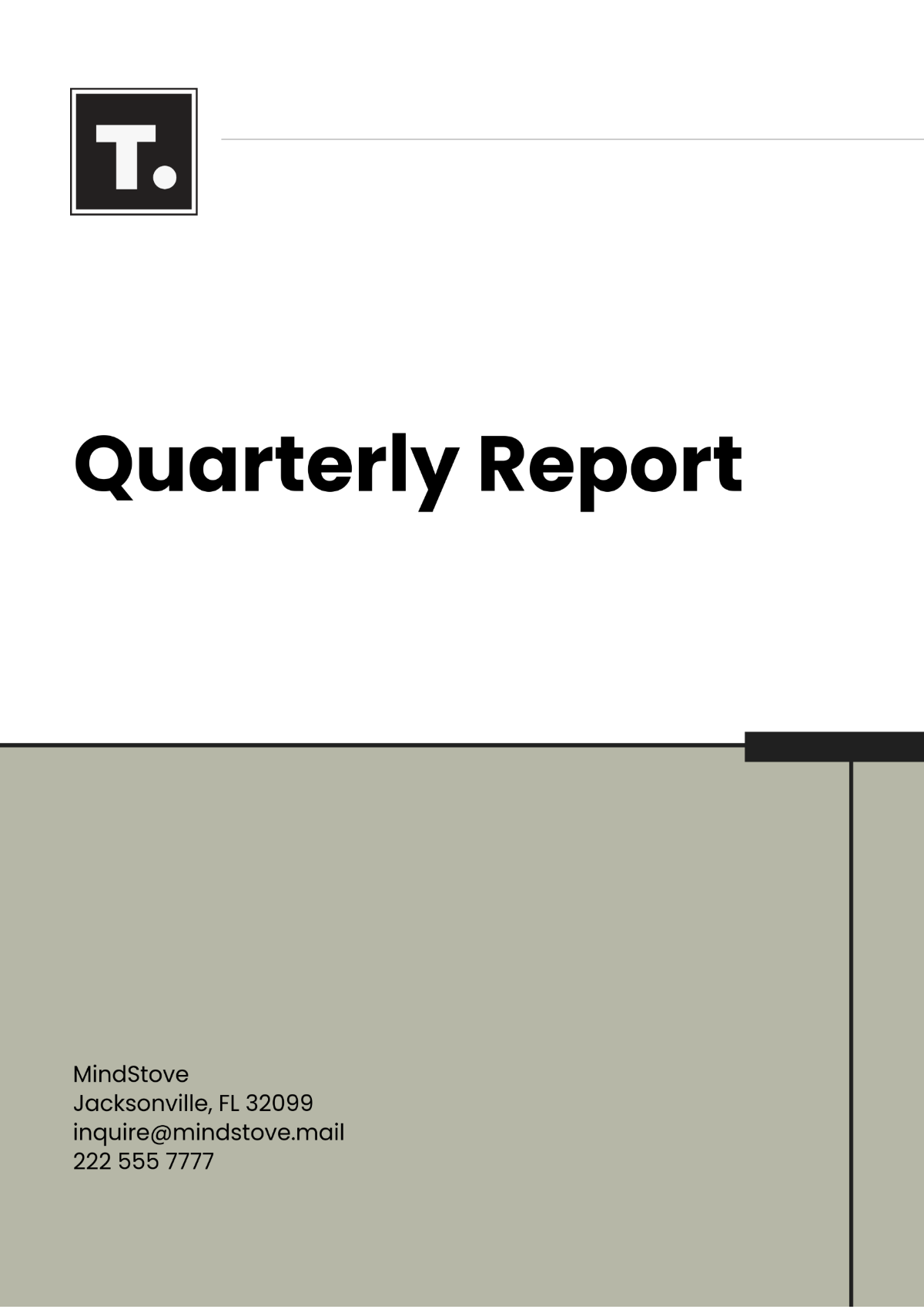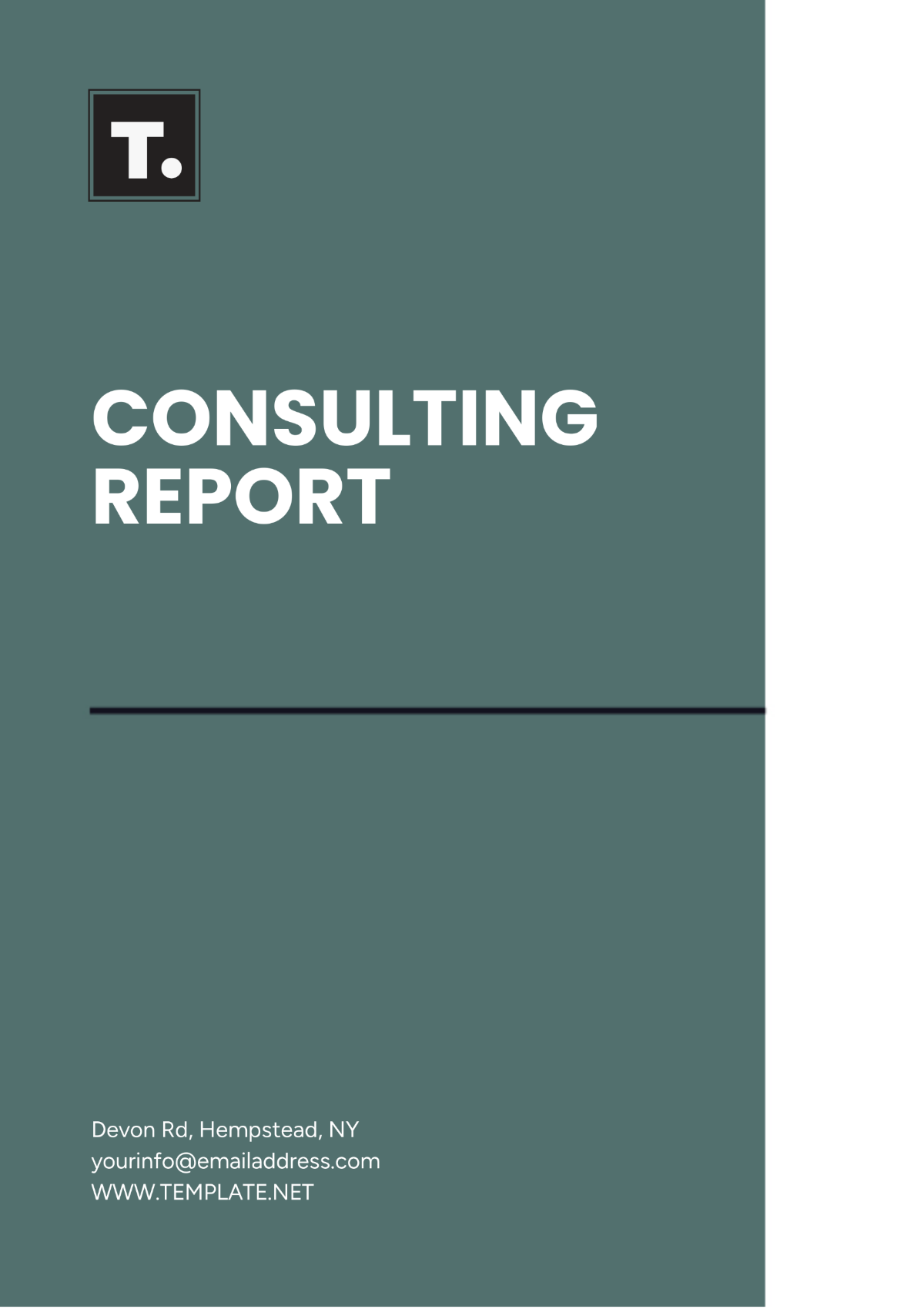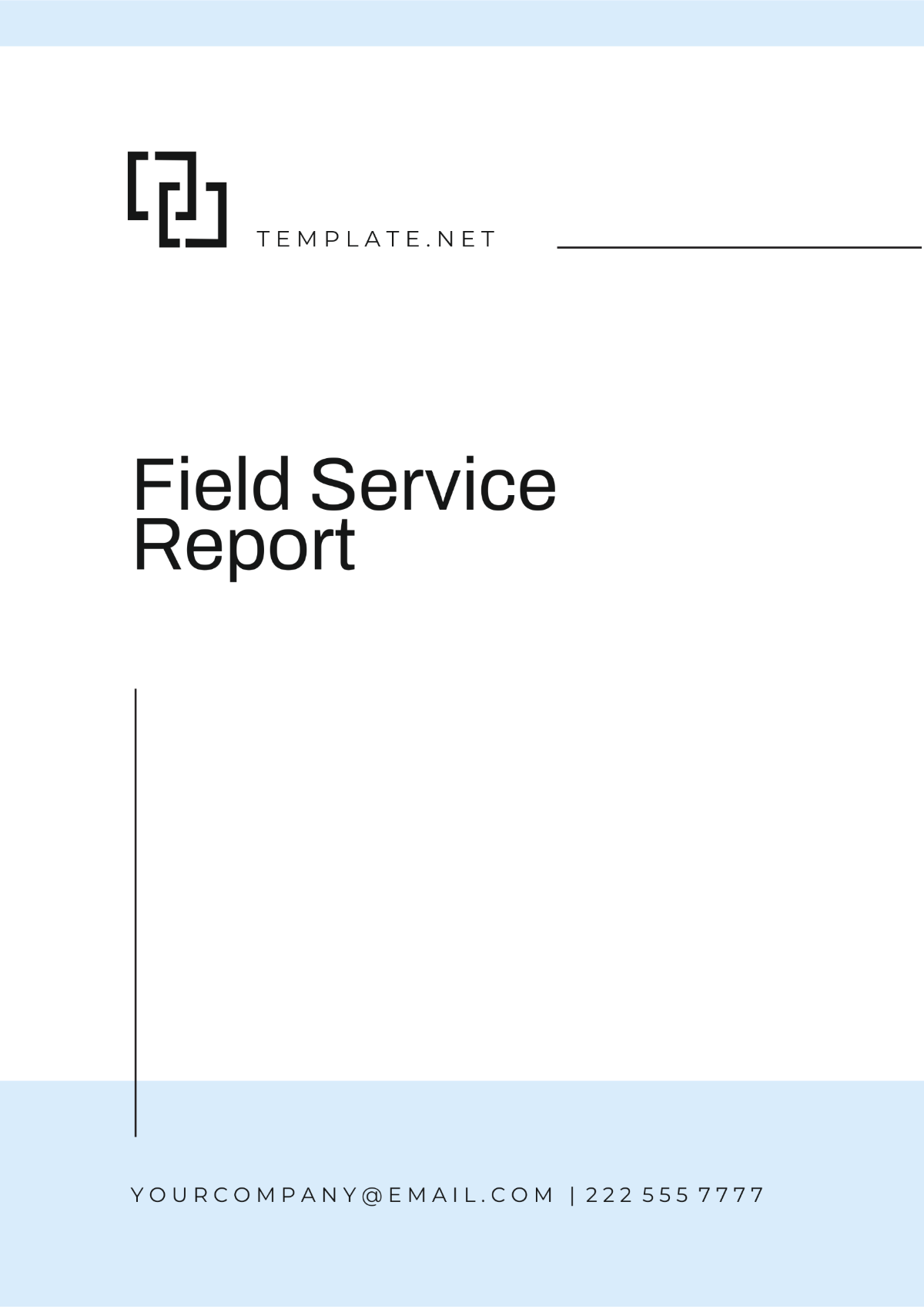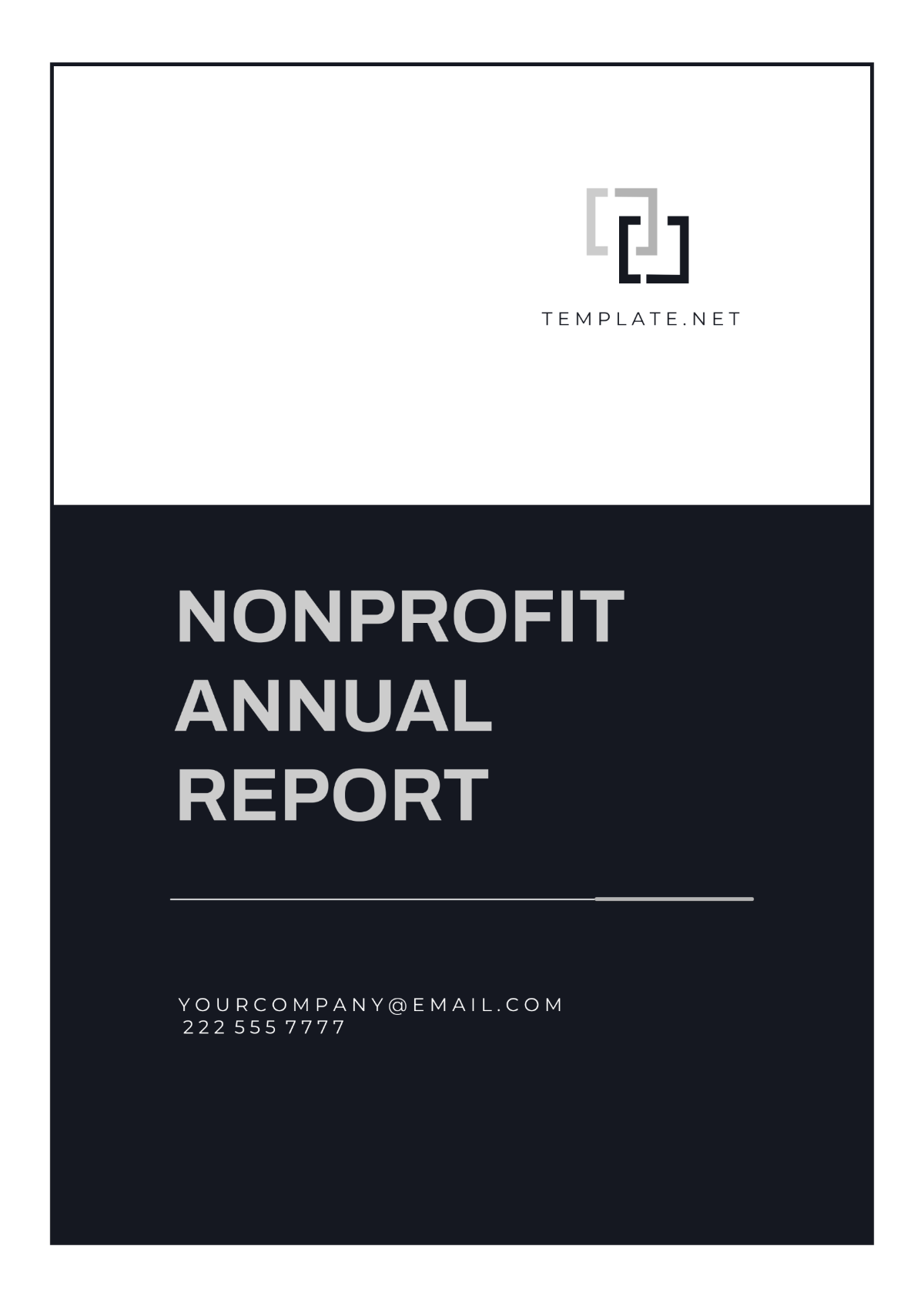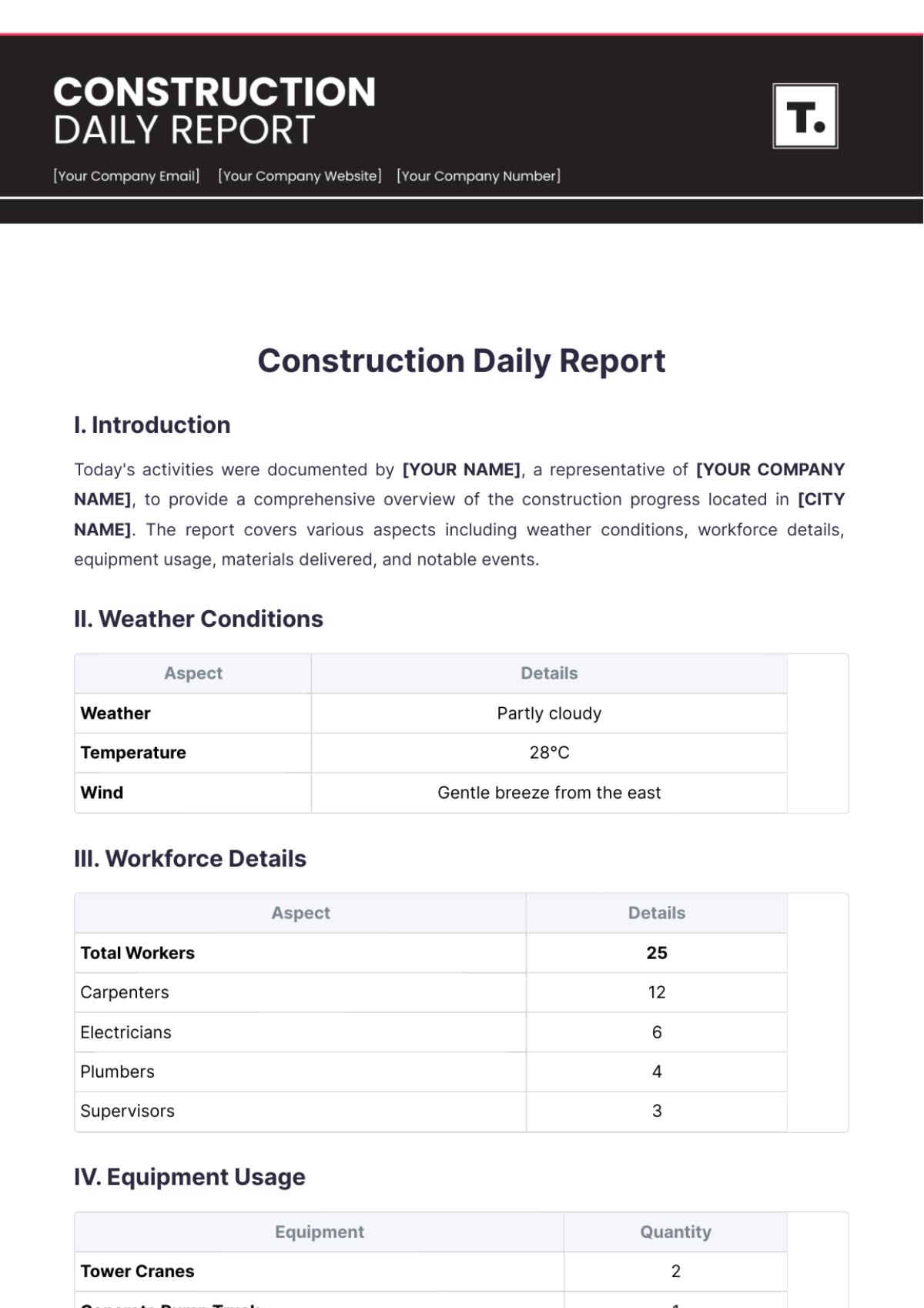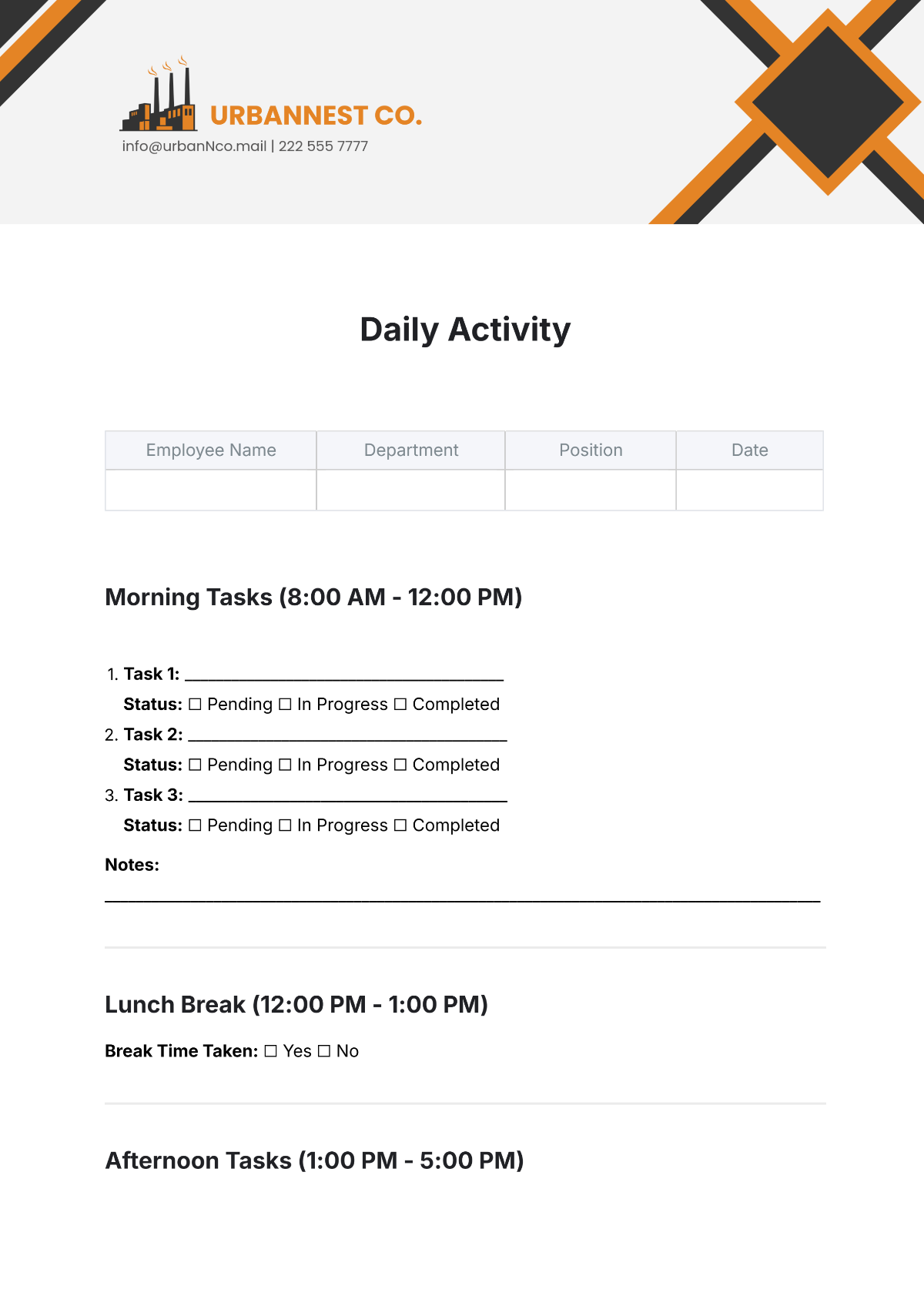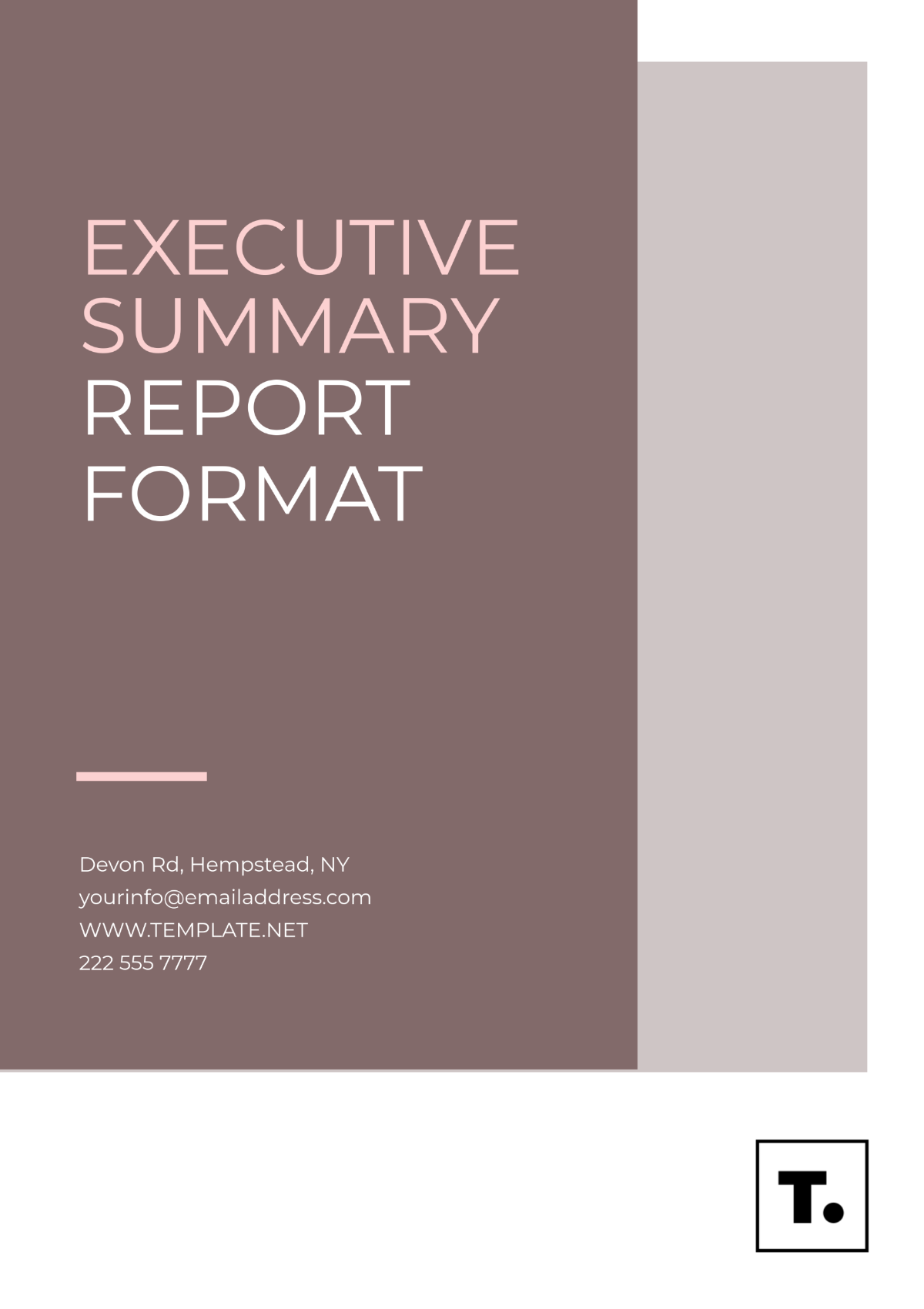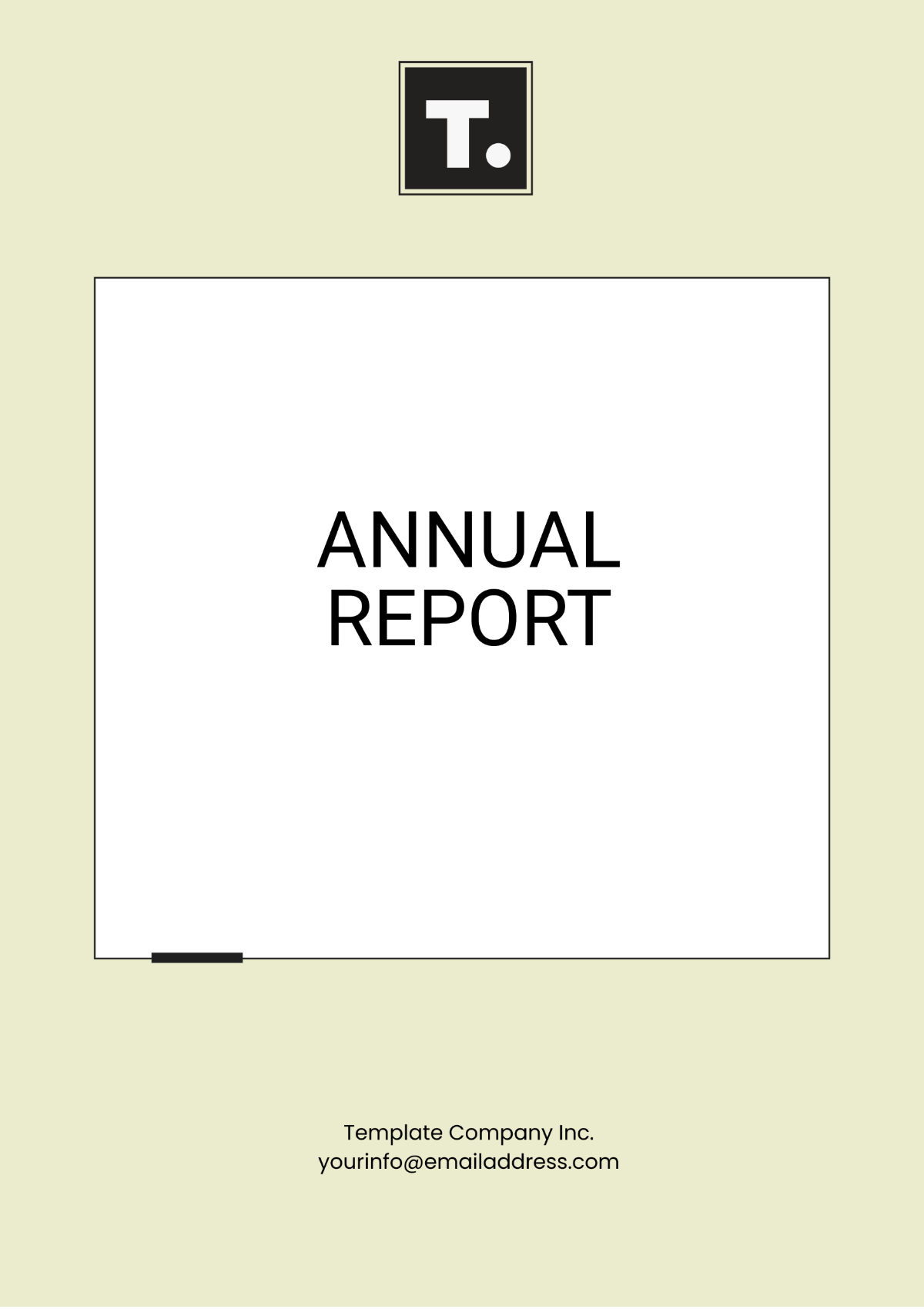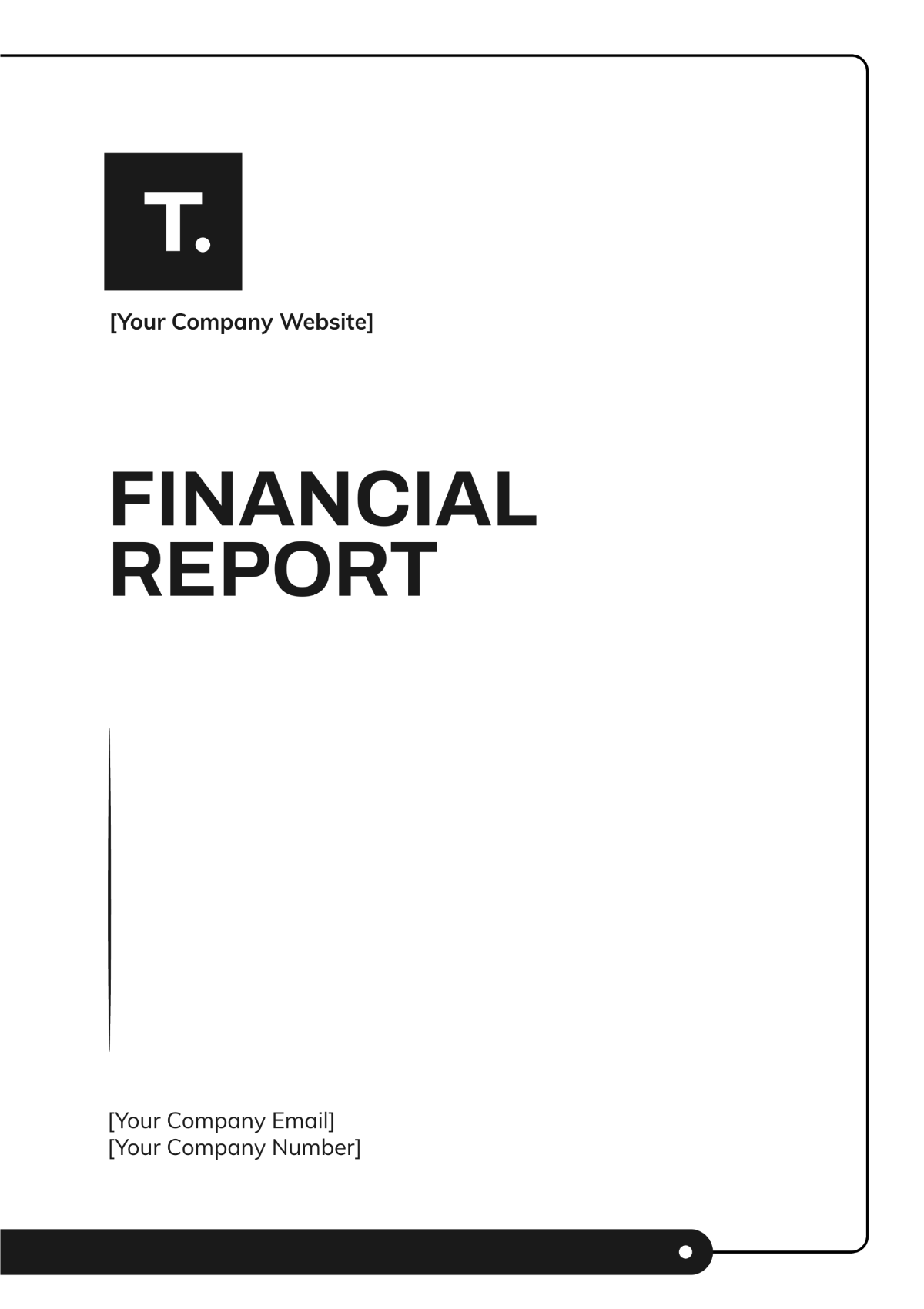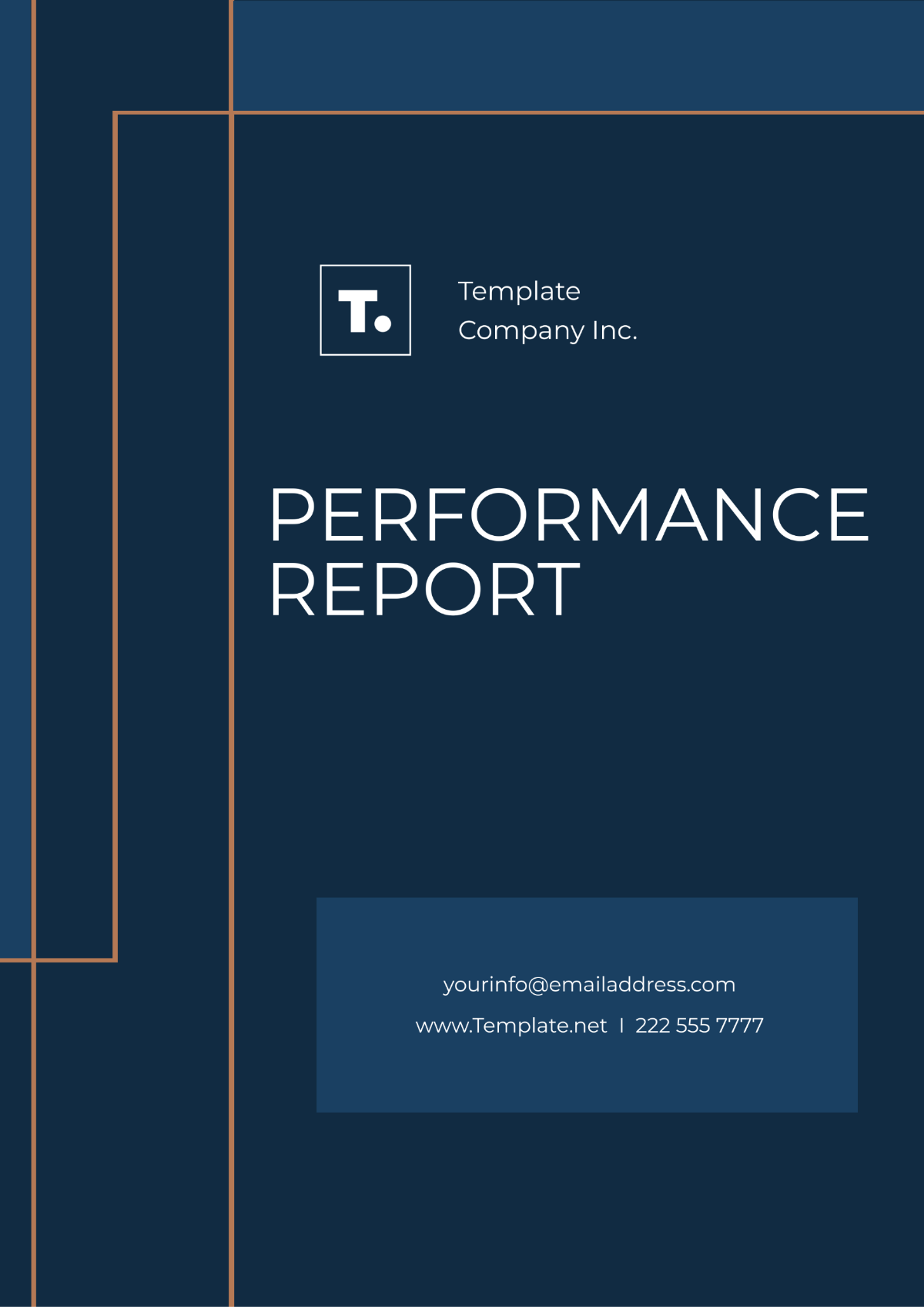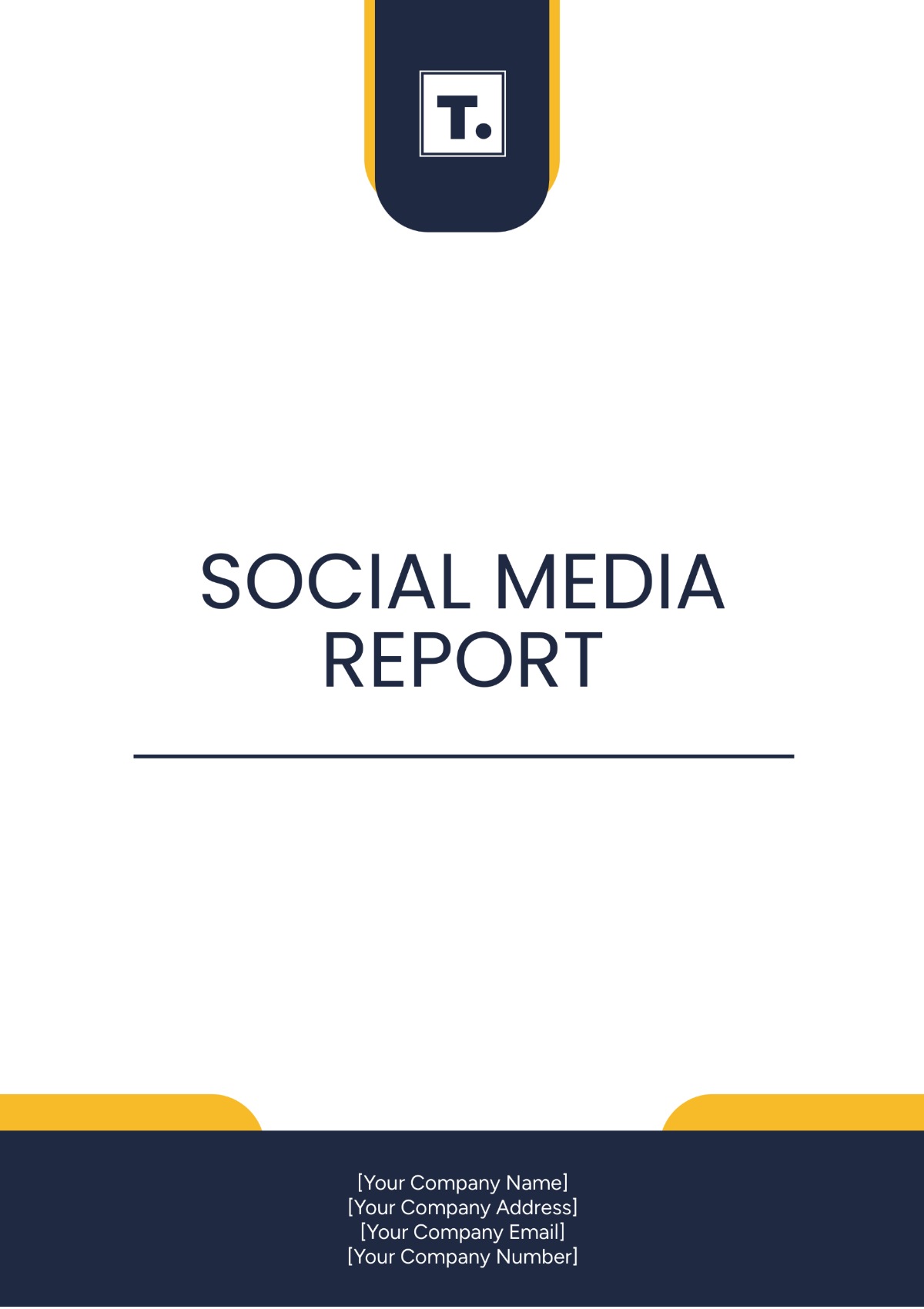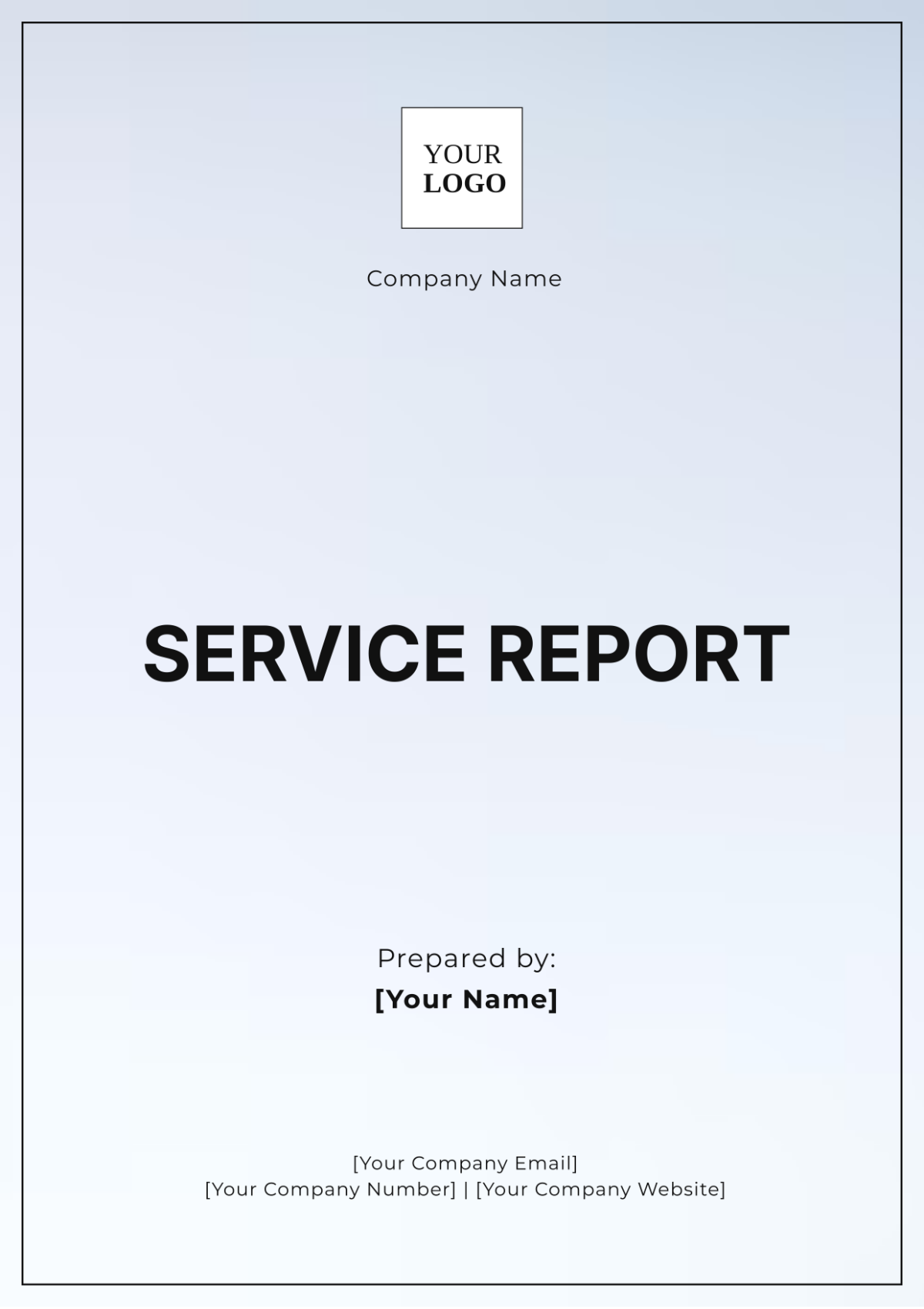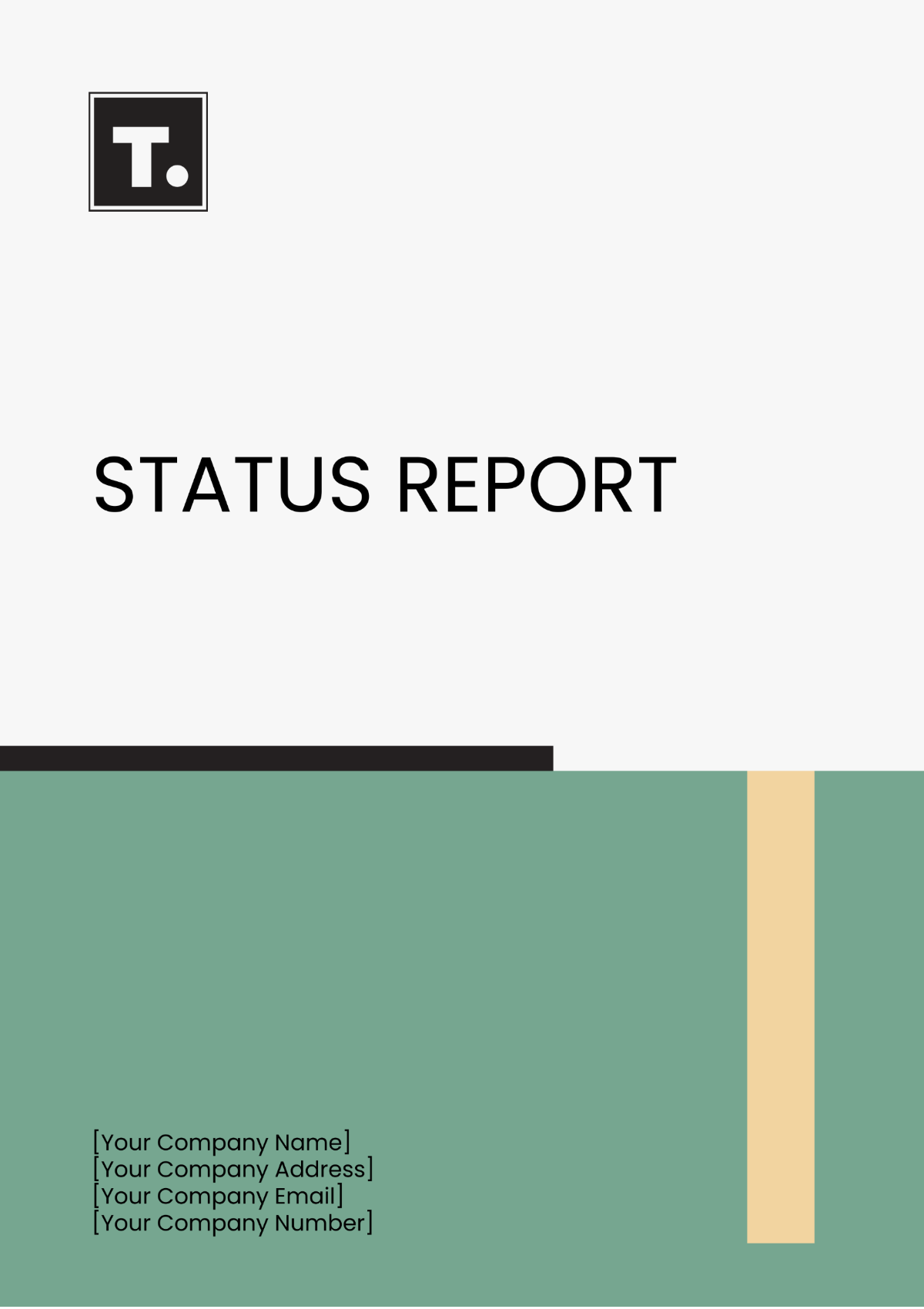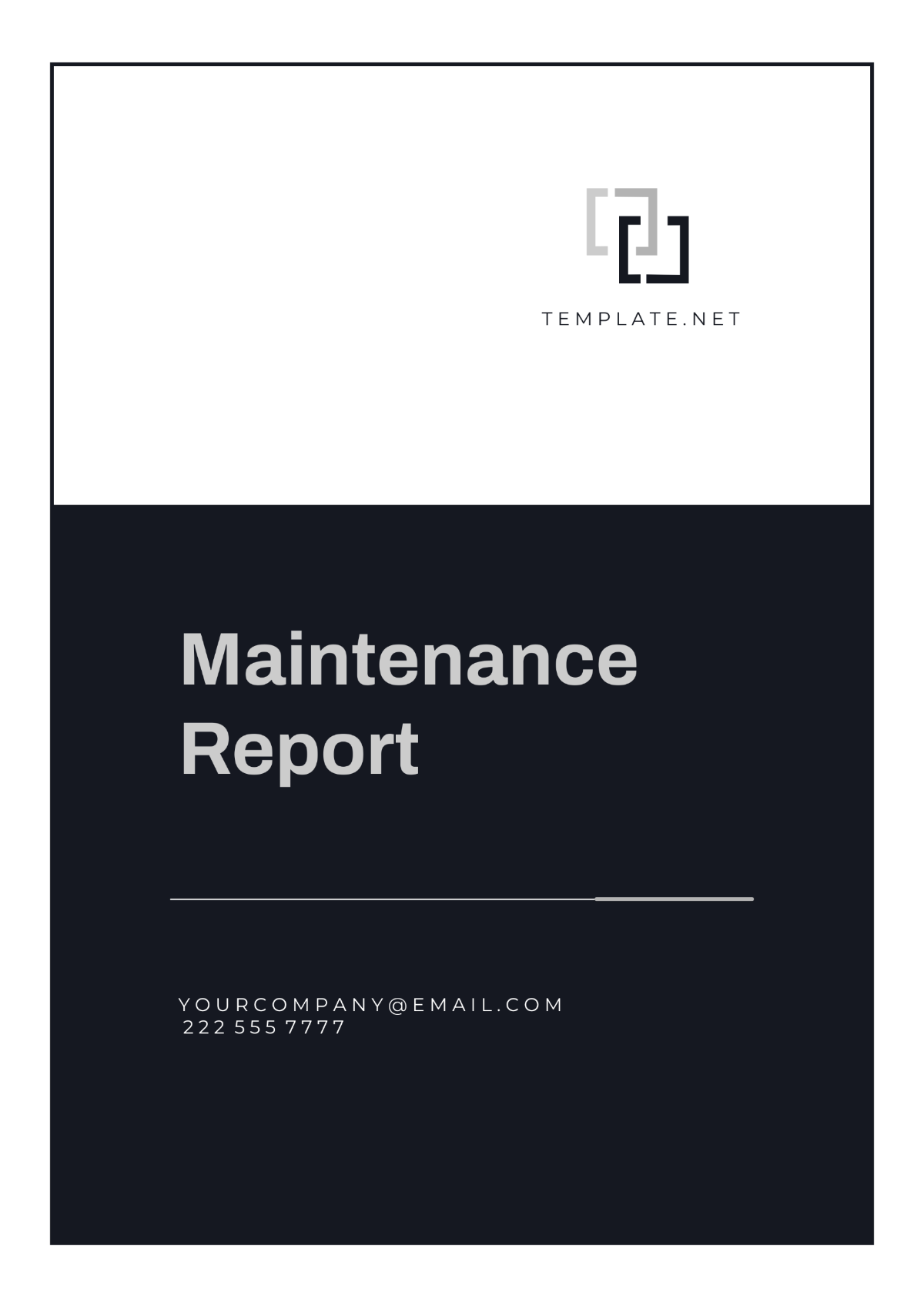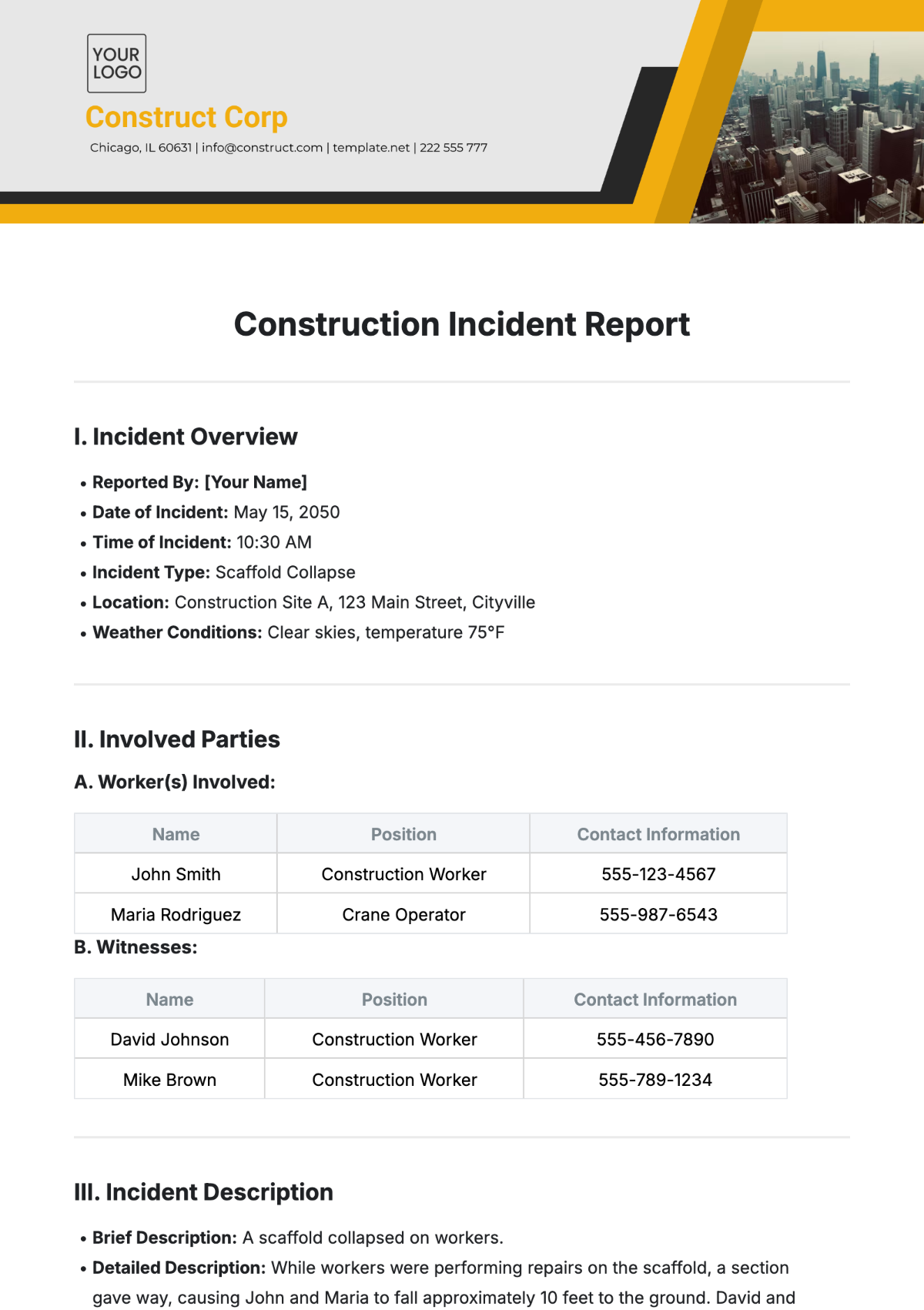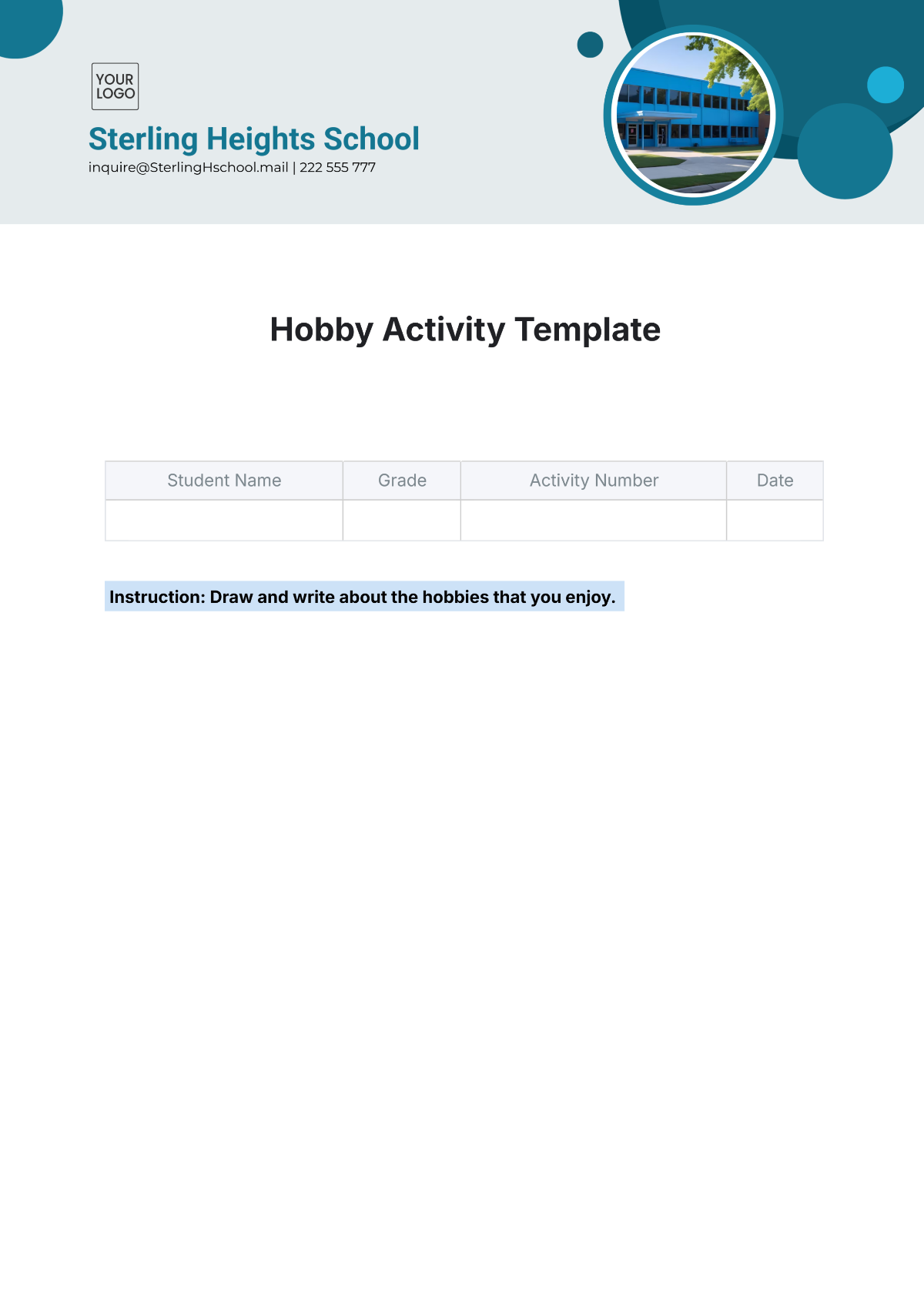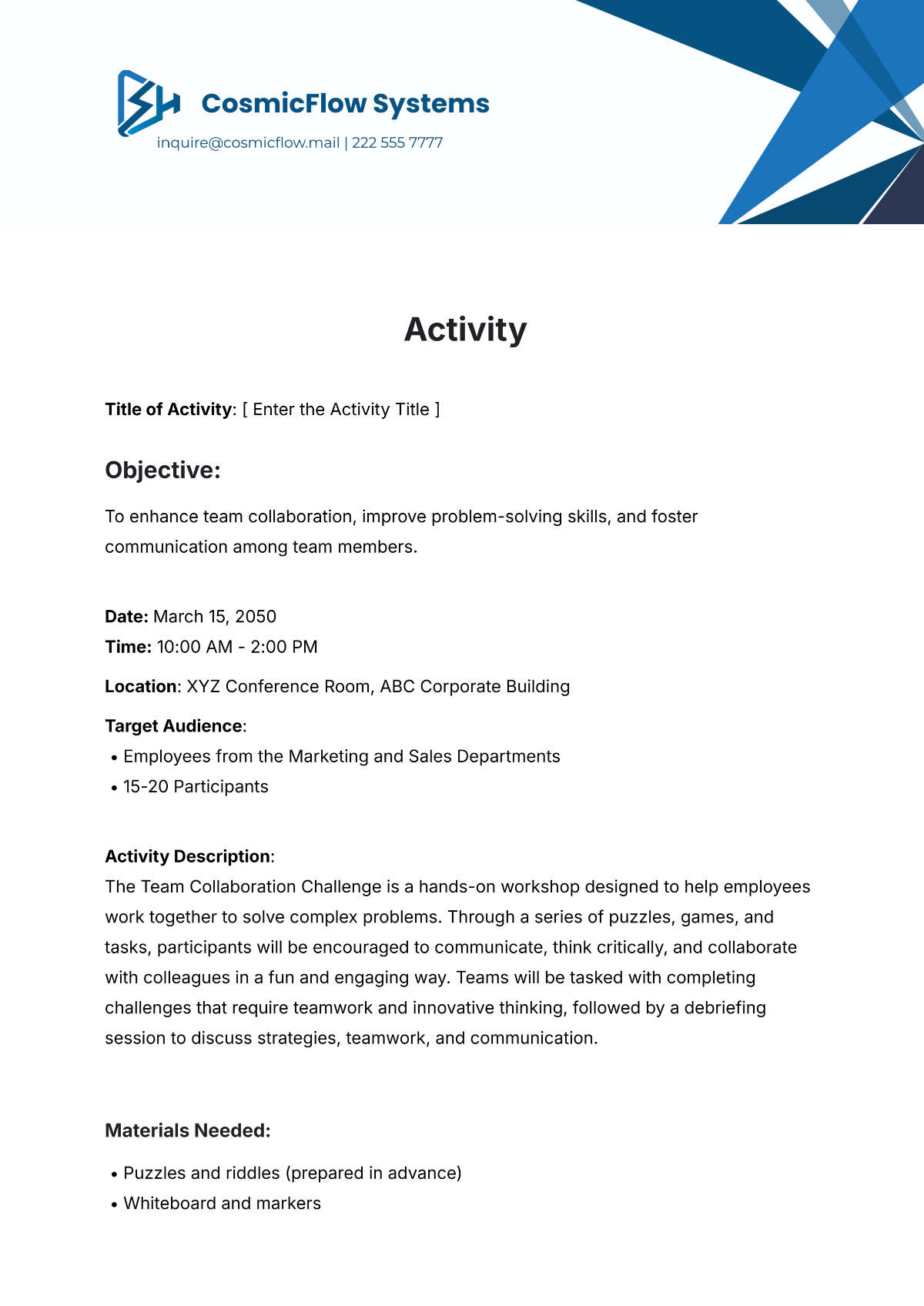Free Vulnerability Management Report Template
Vulnerability Management Report
Prepared by: [Your Name]
Date: October 30, 2050
I. Executive Summary
This report analyzes [Your Company Name]'s vulnerability management, identifies risks, evaluates strategies, and recommends steps to improve security in a rapidly evolving digital landscape, serving as a crucial resource for stakeholders.
II. Introduction
Vulnerability management is an essential component of an organization's security framework. It involves identifying, classifying, remediating, and mitigating vulnerabilities in software and hardware systems. This report aims to provide an in-depth overview of [Your Company Name]'s current vulnerability management strategies, including their effectiveness and areas for improvement.
III. Vulnerability Assessment
Current Vulnerabilities
The following table summarizes the key vulnerabilities identified during the assessment:
Vulnerability ID | Description | Severity Level | Status | Remediation Deadline |
|---|---|---|---|---|
VULN-001 | Unpatched software | High | Open | November 30, 2050 |
VULN-002 | Misconfigured firewall | Medium | In Progress | December 15, 2050 |
VULN-003 | Weak password policies | Low | Closed | N/A |
Vulnerability Management Lifecycle
The vulnerability management process within [Your Company Name] follows a structured lifecycle:
Identification: Regular scans and assessments to discover vulnerabilities.
Classification: Categorizing vulnerabilities based on their severity and potential impact.
Remediation: Implementing patches or mitigation strategies to address vulnerabilities.
Verification: Validating the effectiveness of remediation efforts.
Reporting: Documenting vulnerabilities and the status of remediation actions.
IV. Risk Analysis
Potential Impact of Vulnerabilities
Unmanaged vulnerabilities pose significant risks, including:
Data breaches lead to the loss of sensitive information.
Financial losses due to operational disruptions.
Reputational damage affecting customer trust and engagement.
Risk Mitigation Strategies
To address the identified vulnerabilities, the following strategies are recommended:
Implement automated patch management systems.
Conduct regular security training for employees.
Establish strict access controls and monitoring.
V. Recommendations
To improve vulnerability management practices at [Your Company Name], the following recommendations are proposed:
Enhance Scanning Frequency: Increase the frequency of vulnerability assessments to a quarterly schedule.
Integrate Threat Intelligence: Utilize threat intelligence to prioritize vulnerabilities based on active threats in the industry.
Continuous Improvement: Establish a continuous improvement program for the vulnerability management lifecycle, incorporating feedback from past incidents.
VI. Conclusion
Effective vulnerability management is crucial for maintaining the security and integrity of [Your Company Name]’s systems. By implementing the recommended strategies, the organization can significantly reduce its exposure to risks and enhance its overall security posture.
For further information or to discuss this report, please contact me at [Your Email] or reach out to [Your Company Name] at [Your Company Email]. Your proactive engagement in this matter is essential for our ongoing security efforts.



